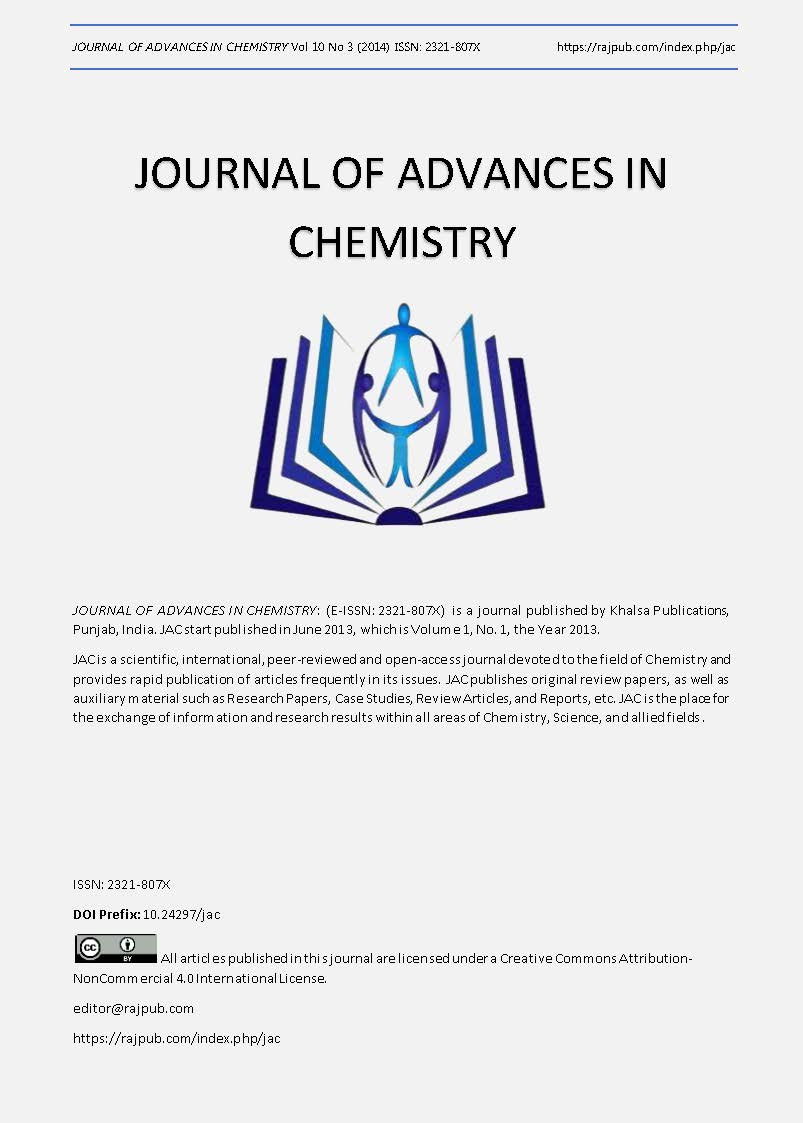Correlation between the ionic conductivity and the relaxation mechanisms during the 436 K- transition in nitrate salt RbNO3: analysis by impedance spectroscopy
DOI:
https://doi.org/10.24297/jac.v10i3.2276Keywords:
Impedance spectroscopy, Ionic conductivity, Modulus analysis, Permittivity, Dielectric relaxationAbstract
The measurements of the complex impedance Z*, the conductivity σ, the dielectric permittivity ε’r, and the complex modulus M* were carried out on the RbNO3 compound at frequencies ranging between 1 and 106 Hz. In fact, the conductivity follows the Arrhenius law in the different temperature ranges σT = σ0exp (-ΔEσ/kT). Actually, the resulting curve shows an anomaly between 425 and 436 K and a sudden increase in conductivity to 436 K causing σ to pass from 1.6x10-6 Ω-1.cm-1 to 9.3x10-5 Ω-1.cm-1. This behavior clearly confirms the ionic character of the phase transition at this temperature. The main objective of this research study is to show the correlation between the ionic conductivity and the relaxation mechanisms during this transition.
Downloads
Downloads
Published
How to Cite
Issue
Section
License
 All articles published in Journal of Advances in Linguistics are licensed under a Creative Commons Attribution 4.0 International License.
All articles published in Journal of Advances in Linguistics are licensed under a Creative Commons Attribution 4.0 International License.




